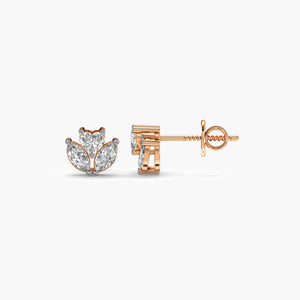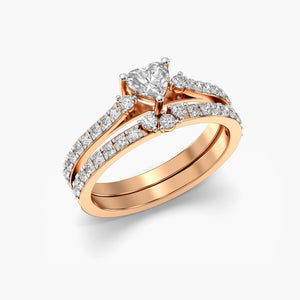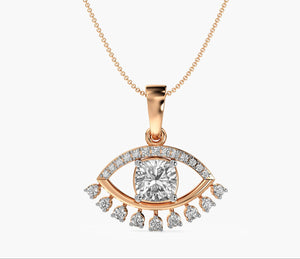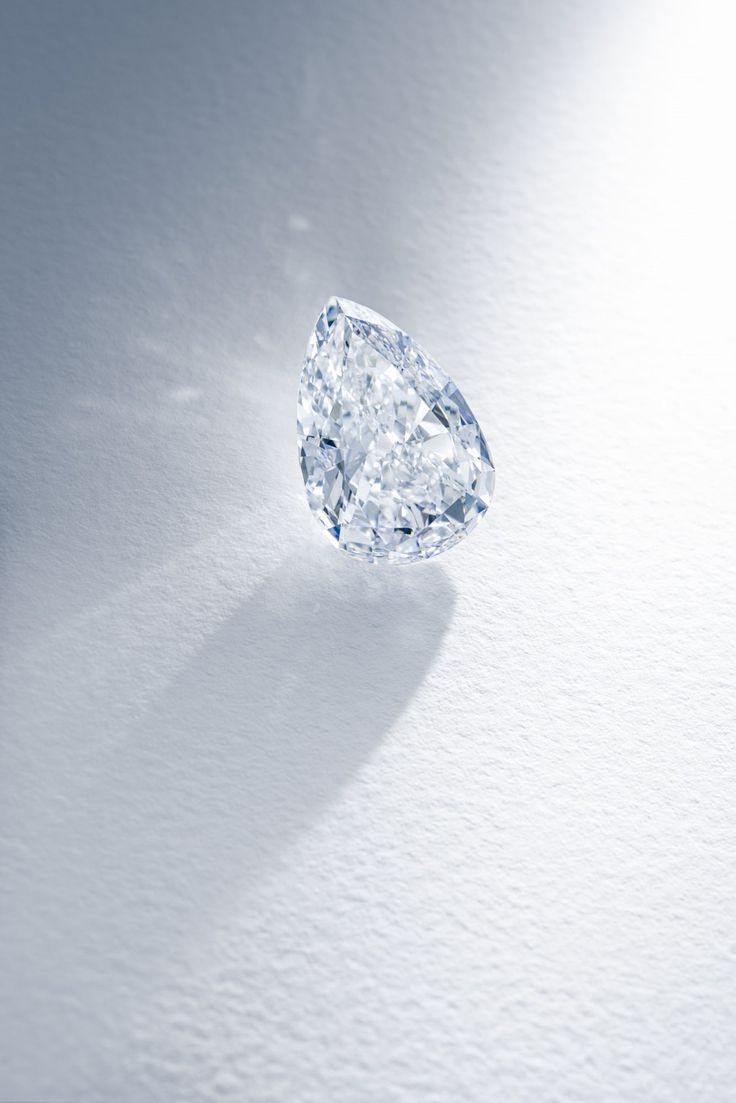How to Choose the Perfect Solitaire: A Smart Guide for Lab-Grown Diamond Buyers
Let’s face it—diamonds catch everyone’s eye. But when it comes to buying a solitaire, it’s more than just sparkle. Whether you're looking for an engagement ring, an anniversary gift, or a signature piece of jewellery, choosing the right solitaire ring requires clarity, confidence, and a little homework.
And that’s exactly what this guide is here for.
At Moena, we believe in empowering you with knowledge so you can make a beautiful, informed, and sustainable choice—one that shines as bright as your values.
What Exactly Is a Solitaire?
A solitaire is a single, standalone gemstone—most often a diamond—set in a minimal, elegant piece of jewellery. It’s the purest form of diamond jewellery, where one stunning stone steals the spotlight.
While solitaire rings are the most well-known (and especially popular for engagements), solitaires aren’t limited to fingers:
1. Solitaire pendants make for timeless neckpieces
2. Solitaire earrings are everyday-luxe essentials
3. Men’s solitaire studs are rising in popularity too!
Why Choose a Lab-Grown Solitaire?
Lab-grown diamonds have revolutionized the jewellery world—and for good reason.
Here’s why more Gen Z and millennial shoppers are turning to lab-created solitaires:
🌍 Sustainable – No mining, no land damag
💸 Affordable Luxury – Get 30–50% more value for the same budg
💎 Identical in Brilliance – Same chemical and optical properties as mined diamonds
✅ Certified – Graded by GIA/IGI with full transparency
At Moena, all our solitaires are certified, conflict-free, and handcrafted to perfection.
The 4 Cs of Choosing a Solitaire
You’ve probably heard of the 4 Cs—and yes, they matter just as much for lab-grown diamonds as for mined ones.
1. Carat
This refers to the weight (and visual size) of your diamond. A higher carat means a larger-looking solitaire—but don’t be swayed by carat alone.
2. Cut
Arguably the most important C. The cut determines how your diamond reflects light and how much it sparkles. A well-cut lab diamond can outshine a larger, poorly cut one.
3. Colour
Diamonds are graded from D (colorless) to Z (light yellow). G to I grades offer excellent value—they look nearly colorless to the naked eye but cost less.
4. Clarity
This refers to internal or external flaws. For lab-grown solitaires, VS1 or VS2 clarity typically means the diamond is eye-clean (flaws not visible without magnification).
Choosing the Right Shape & Setting
Once you’ve nailed the 4 Cs, it’s time to think about style.
Diamond Shapes
1. Round Brilliant – Maximum sparkle, timeless look
2. Oval & Pear – Elongate the finger, contemporary charm
3. Princess & Emerald – Bold, modern, geometric
4. Cushion – Soft, romantic vintage appeal
Solitaire Settings
- Classic Prong – Lifts the stone, adds brilliance
- Bezel – Sleek, secure, modern
- Halo – Surrounds the solitaire with smaller diamonds for added sparkle
- Cathedral – Arches that frame and elevate the diamond
Each style adds a unique personality to your solitaire—and you can find your perfect match at Moena.
Tips for First-Time Solitaire Buyers
-
- Don’t buy on size alone—Cut and clarity matter more for overall brilliance
- Always ask for certification—We provide GIA/IGI certified lab-grown solitaires
- Buy from a trusted source—Our team of diamond experts is here to guide you
- Try before you buy—Explore home trials, video consultations, or in-store visits
For Every Style & Budget
Lab-grown solitaires come in a wide price range, so whether you’re shopping for a proposal or your first personal diamond, there’s a perfect piece for you.
At Moena, we offer solitaire rings, earrings, and pendants for every budget—without compromising on quality or ethics.
Final Thoughts
Buying a solitaire is a moment worth remembering—and when you choose a lab-grown diamond, you’re not just buying jewellery. You’re making a statement of elegance, responsibility, and self-expression.
So go ahead. Choose consciously. Shine brilliantly.









